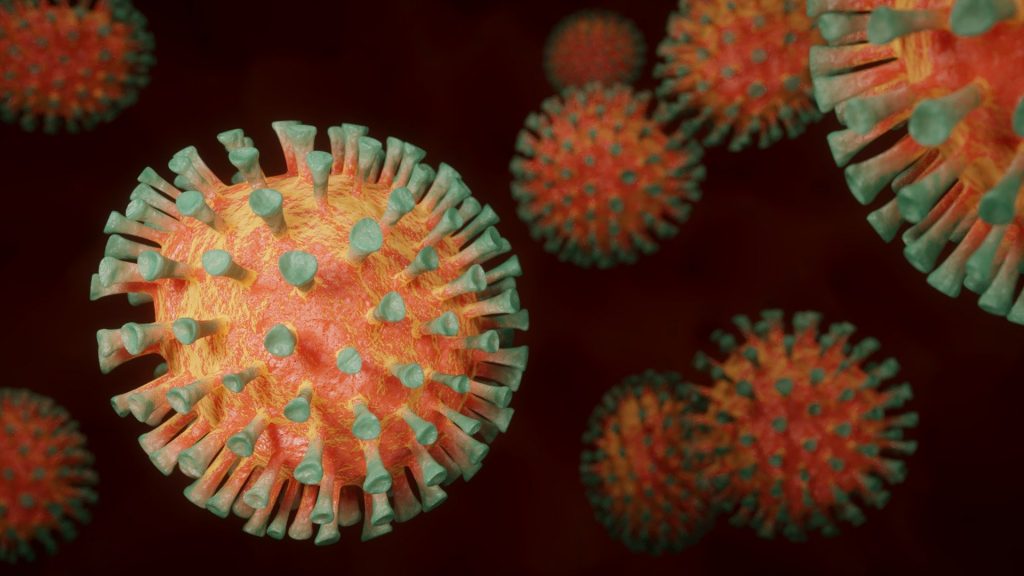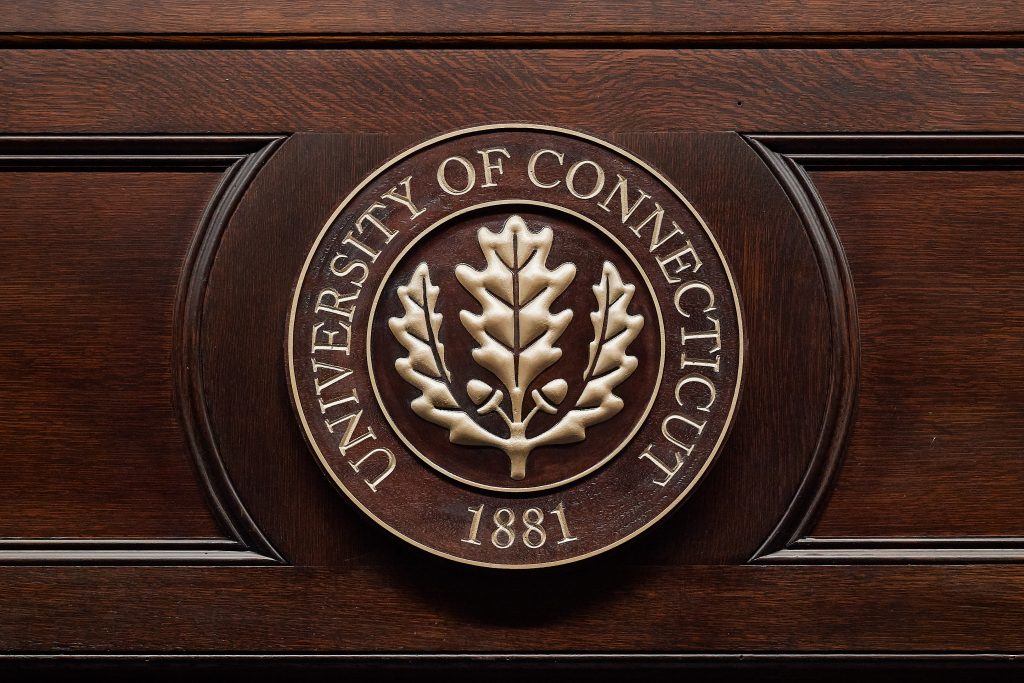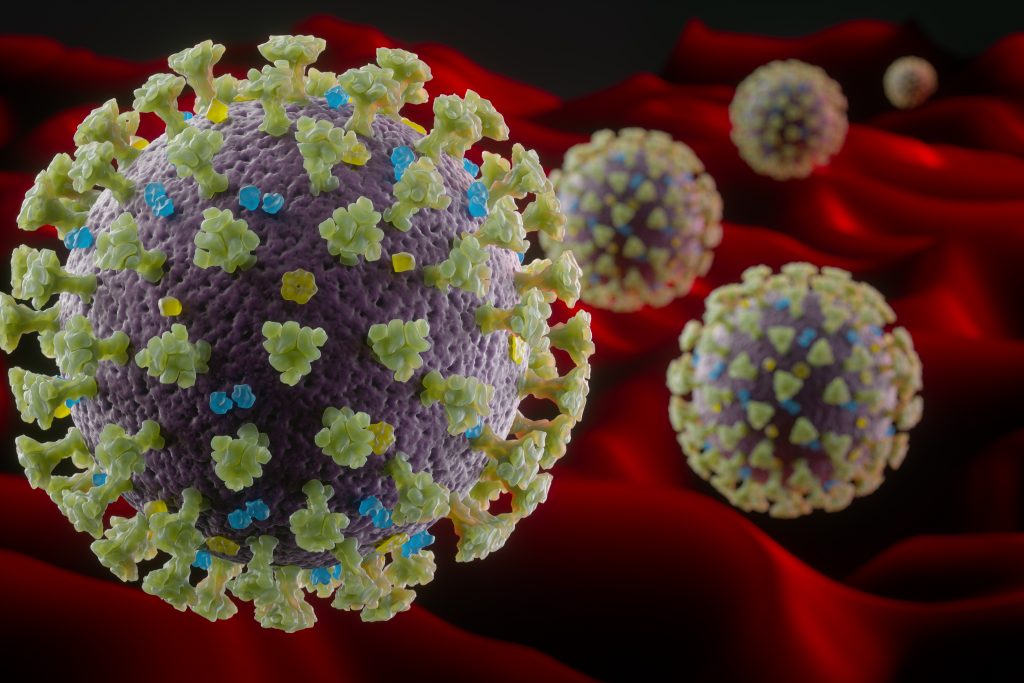
Writer
Kim Krieger
Kim Krieger has covered politics from Capitol Hill and energy commodities from the floor of the New York Mercantile Exchange. Her stories have exposed fraud in the California power markets and mathematical malfeasance in physics. And she knows what really goes on in the National Radio Quiet Zone. These days, Kim tells clear, compelling stories of the research at UConn. Her work connects Connecticut citizens and the press with the vast resources of their flagship public university. When not at UConn, she can be found kayaking among the beautiful Norwalk islands, digging in her garden, or occasionally enjoying the silence in the National Radio Quiet Zone.
Author Archive
Statistically, Not Enough People Take Statins
Too many people are taking aspirin for heart health when it may not be effective for them.
February 18, 2021 | Kim Krieger
UConn Health Researchers Track COVID-19 Immunity
Antibodies to the virus that causes COVID-19 are universal in survivors of the illness, but their ability to counteract the virus varies significantly.
February 8, 2021 | Kim Krieger
Cytokine Storms Can Kill. Researchers Found the Protein that Sparks Them
Researchers at UConn Health have made a discovery that offers insight into a disease that kills roughly 270,000 Americans every year.
January 11, 2021 | Kim Krieger
Discovering What Makes This Toxin Even Worse Than Diarrhea
UConn Health researchers have gained new insight into a particularly nasty strain of E. coli bacteria, which might lead to more effective treatments for this potentially deadly ailment.
January 6, 2021 | Kim Krieger
Six UConn Researchers to Join the American Association for the Advancement of Science
Six UConn researchers have been elected by their peers to receive a distinguished honor.
November 24, 2020 | Kim Krieger
Worms Reveal Why Melatonin Promotes Sleep
UConn Health researchers say unlocking the secrets of how worms sleep can help us better understand the science behind our own sleep patterns.
November 17, 2020 | Kim Krieger
Bridging the Gaps
The Covid-19 pandemic shined a bright light on inequitable access to health care in America. At UConn’s medical and dental schools, future providers are addressing disparities from the ground up.
November 9, 2020 | Kim Krieger
Engineering Cartilage in Space
UConn researchers are developing an experiment that could help help astronauts - and the more earthbound - who suffer from damaged cartilage.
November 2, 2020 | Kim Krieger
UConn Health Model: Travel Ban Would Have Killed CT COVID in August
UConn Health's Pedro Mendes talks about what a sophisticated computer model of Connecticut's COVID-19 infections tells us about where we've been, and where we might be headed.
October 27, 2020 | Kim Krieger
Testing the Fluorescent Proteins That Light Up the Brain
UConn researchers have devised a new method of monitoring electrical signals that travel through neurons in the brain.
October 19, 2020 | Kim Krieger









